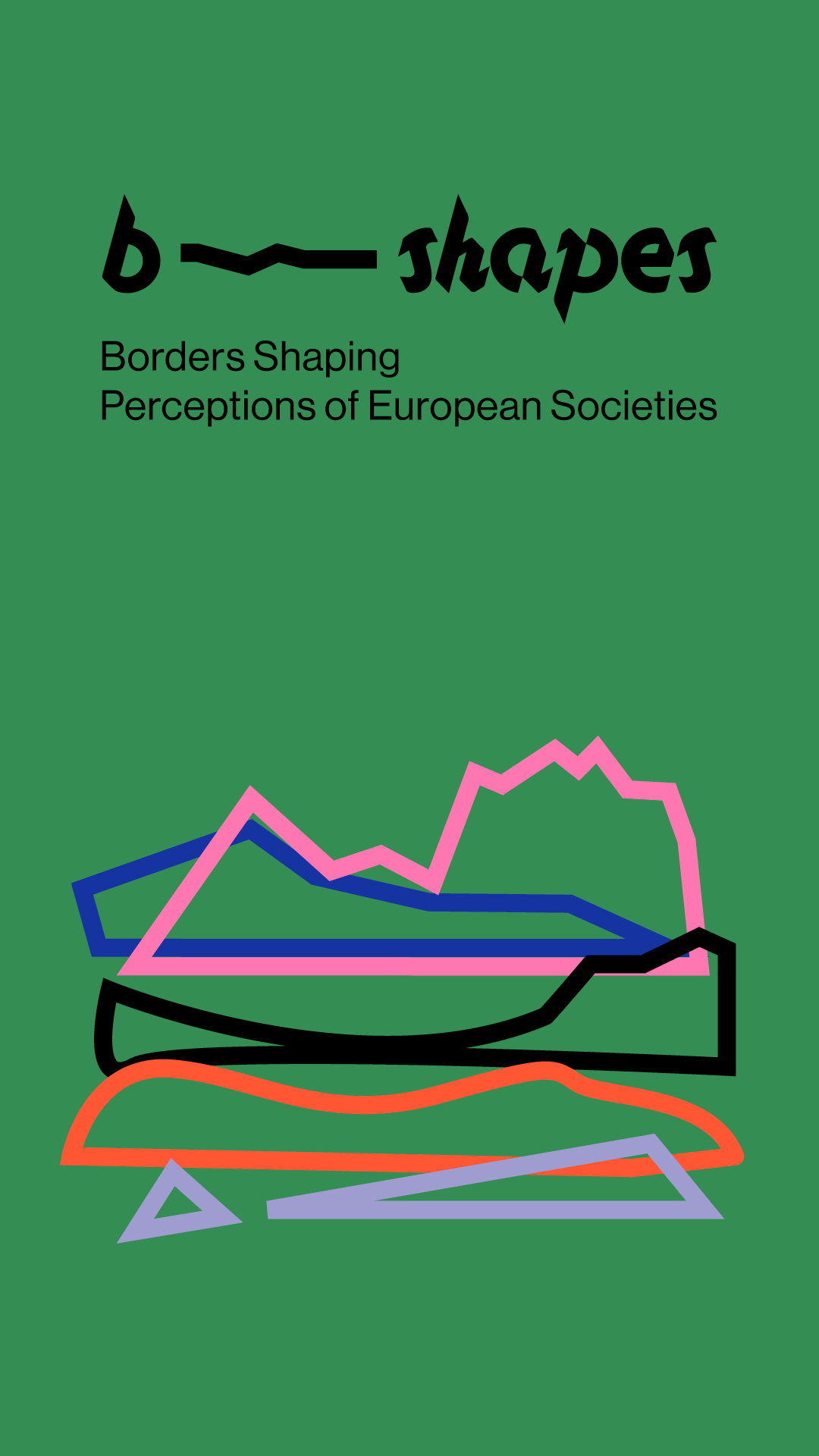The end of August marks the deadline of the B-SHAPES first reporting period (April 2023 – June 2024) and yes – we do have much to report!
The first fifteen months of the project have been full of introductory work that has already started to bring the first results. All consortium members have worked hard to communicate B-SHAPES to their networks and beyond, and some work packages have already started organizing events and creating policy briefs. We have the theoretical framework done, and soon our first official research paper will be published!
The Editorial Advisory Board and the Gender Equality Committee have been established to smooth out our internal work, and the B-SHAPES website is filled with useful information on the projects. Click here to learn more about the borderlands we research.
The B-SHAPES consortium is made up of seven work packages (WPs) that focus on different areas of expertise.
WP1 focuses on the bump-free running of the project, manages other WPs and is the administrative force behind B-SHAPES. Thanks to this WP, the consortium has met a few times both online and onsite in Sønderborg and Budapest, knows what to do when, and informs other WPs about all deadlines B-SHAPES needs to meet.
WP2 developed a coherent theoretical framework that provides a solid background for the empirical research, creating two reports: Study report on borders as factors shaping borderlanders’ perceptions of Europe and Progress report on borderlanders’ perceptions of Europe discussing theoretical concepts, outlining the need for further empirical research.
Within WP3, a media analysis of borders was carried out to trace processes of bordering before, during, and after the SARS-CoV-2 crisis.
Within WP4, a report ‘Comparative report on border discourses in minority media’ was written, based on the case study reports submitted by other partners. This comparative report investigates minority media narratives on perceptions of borders and how these relate to the wider European Union project, and current political processes in minority regions in Europe (Czechia, Denmark, Germany, Italy, and Slovakia).
To study people’s relations to landscape, WP5 has conducted desk work, including a state-of- the-art review of the border regions with a focus on tourism material, heritage and planning material and educational material. The analysis shows that borders are a key factor forming perceptions and that there is not just one narrative of a border landscape, but parallel and overlapping ones.
WP6 has initiated the work on policy briefs, and the consortium members have been investigating existing regional and local heritage. The research on the heritage management policies from the different border regions B-SHAPES is engaged with is being done, and the future months will be spent on creating the policy briefs.
WP7 focuses on the communication and dissemination of the project, and all consortium members are involved in spreading the word on B-SHAPES to their networks, stakeholders, audiences via conferences, social media, websites, personal connections. The WP has created the Dissemination, Exploitation and Communication Plan that manages the work done.
Follow B-Shapes on social media:
Facebook
Twitter

